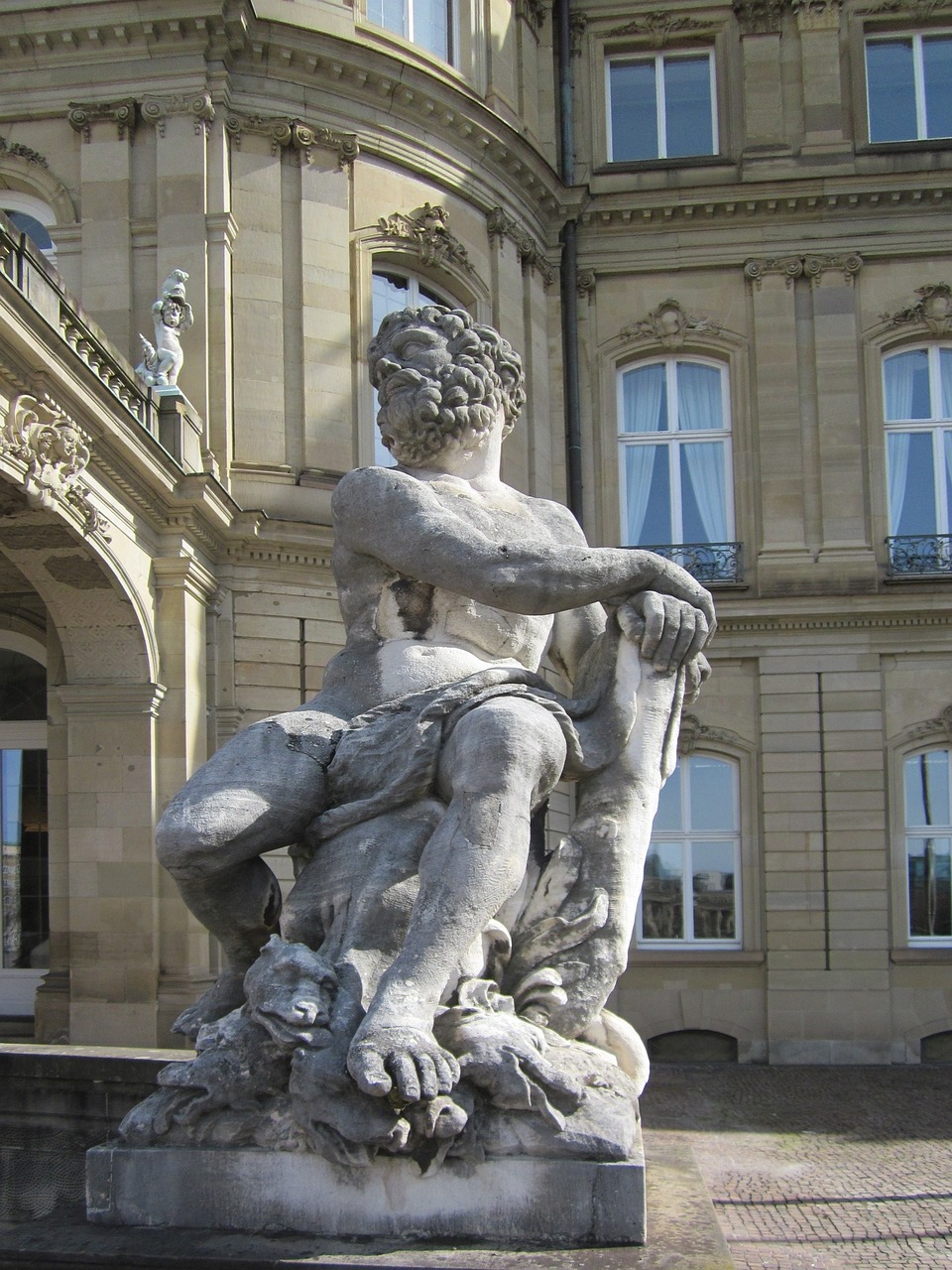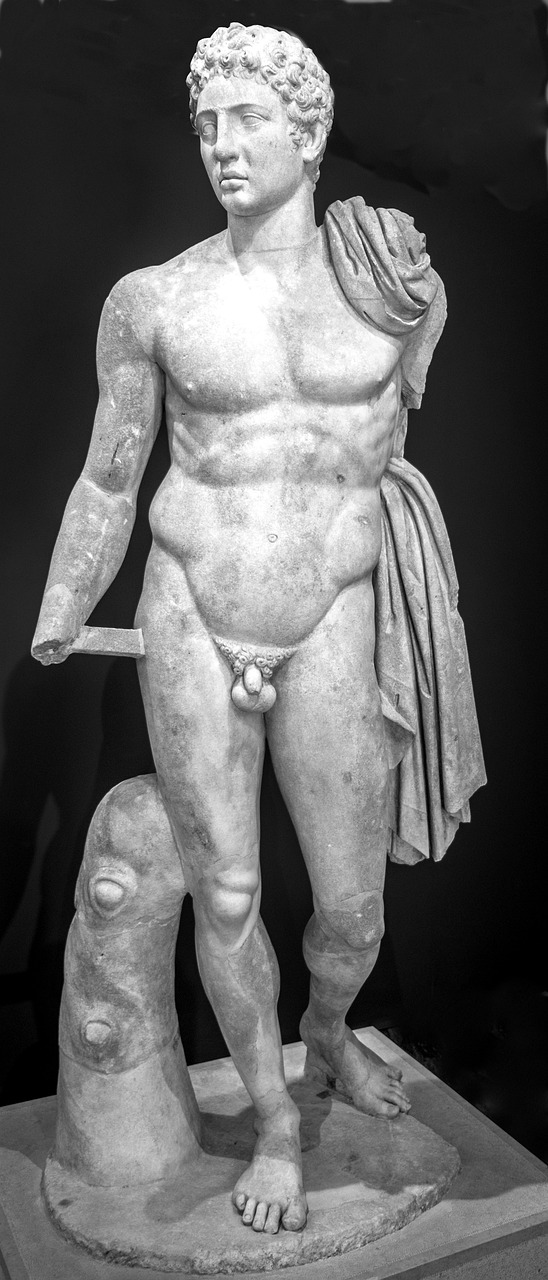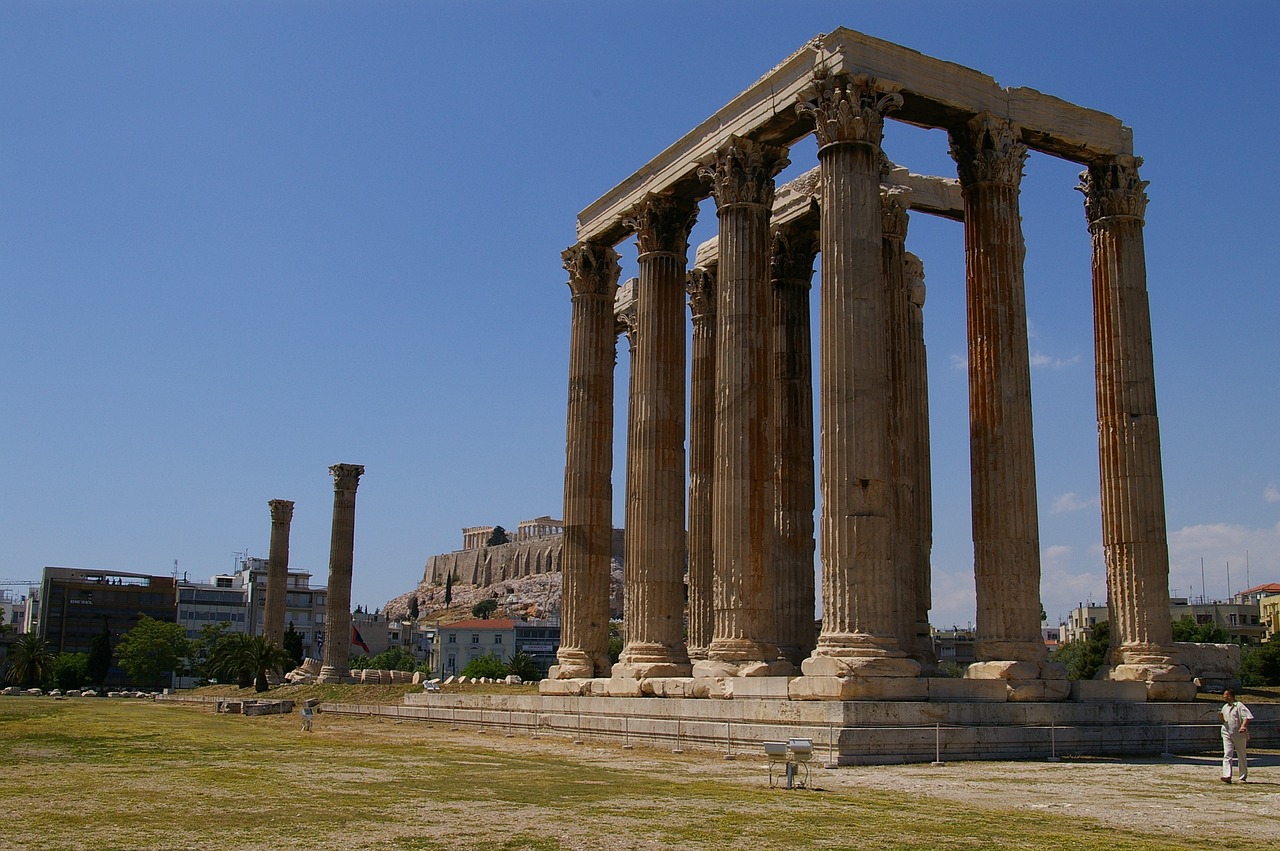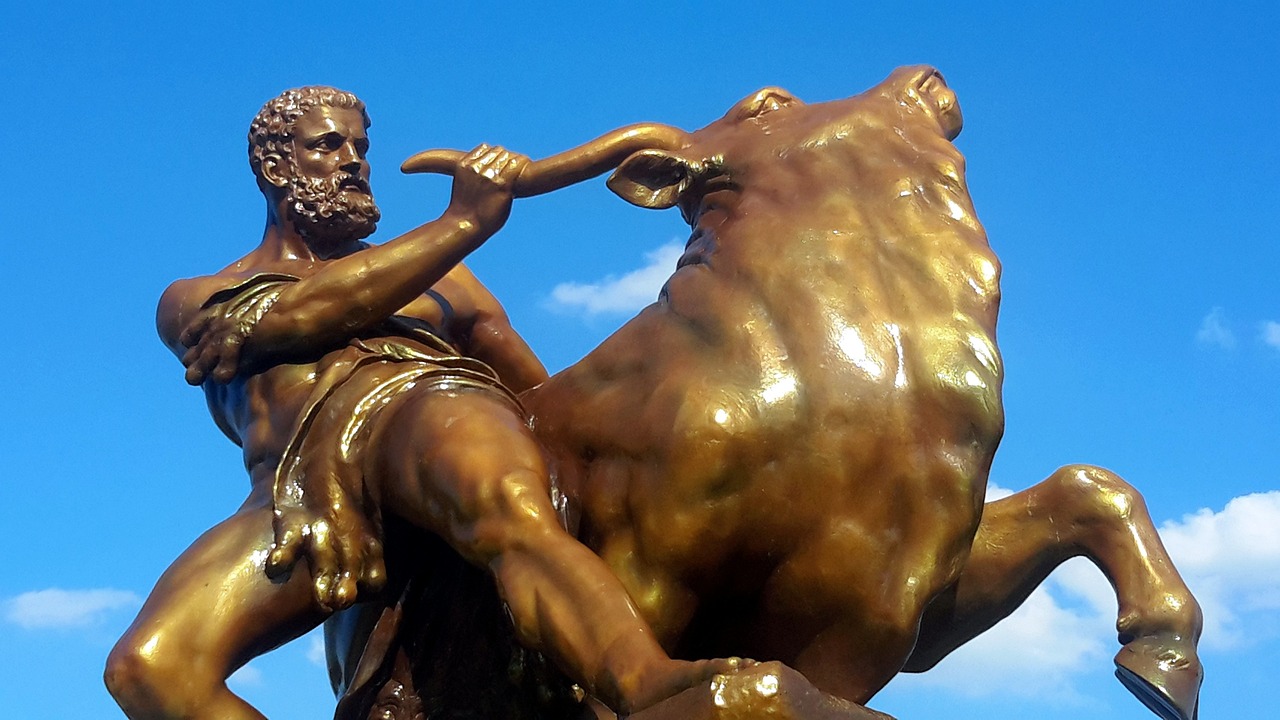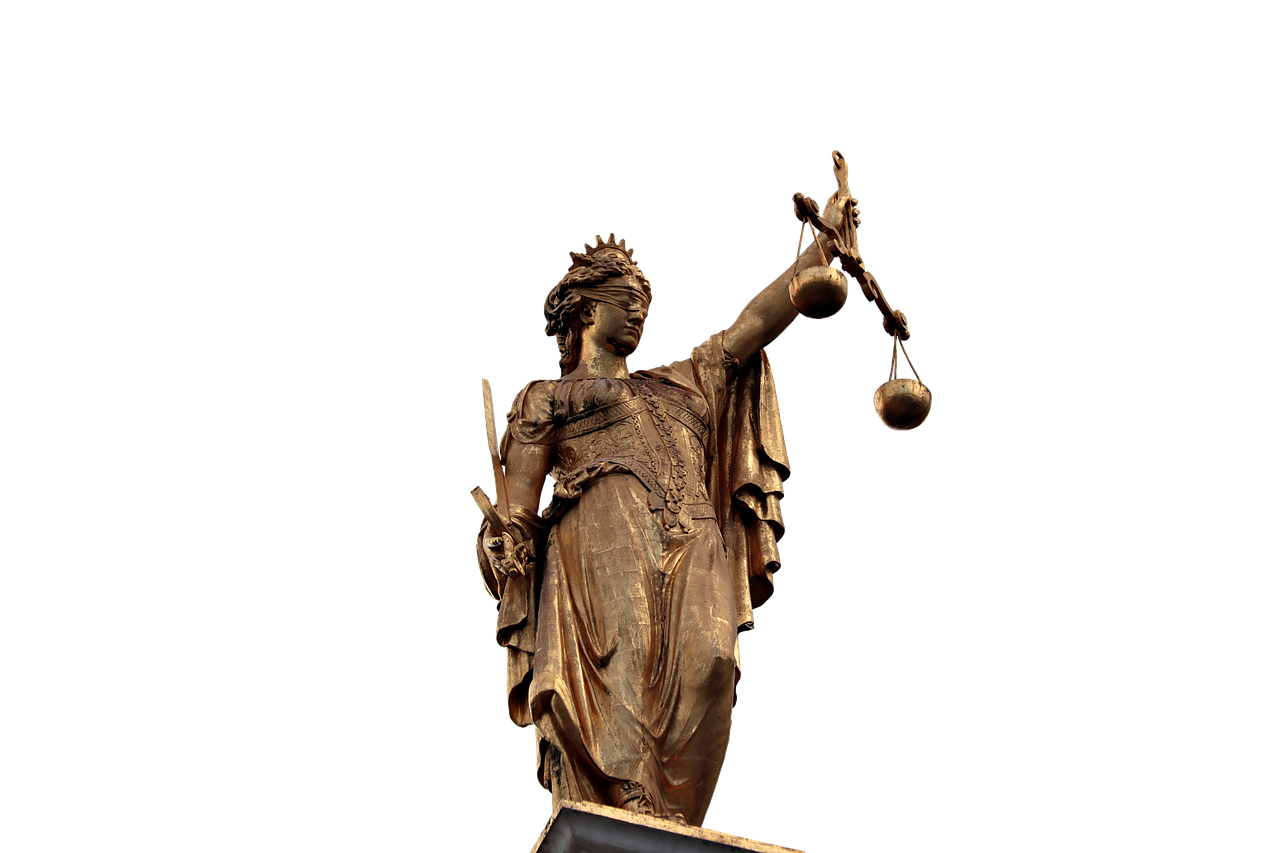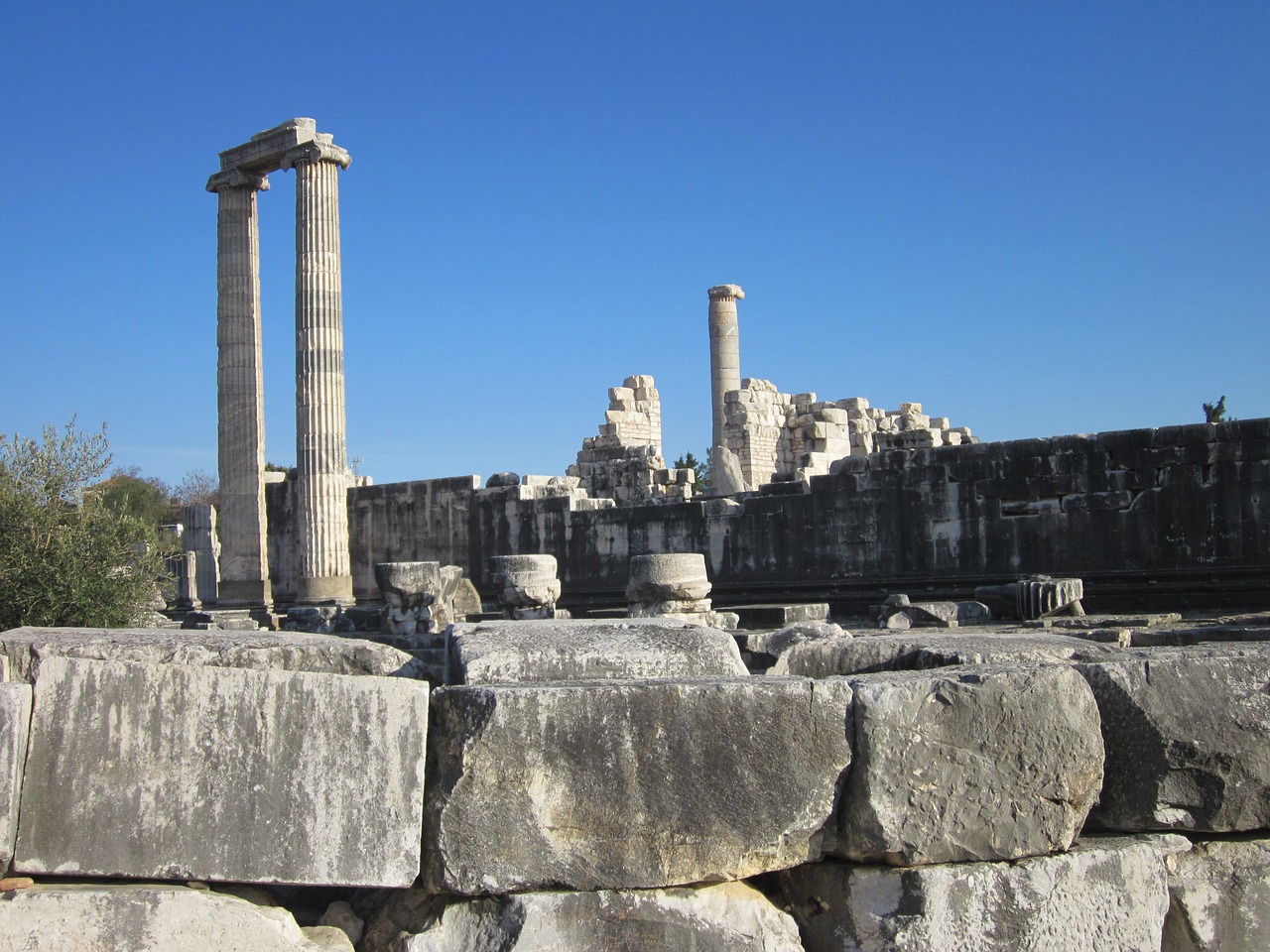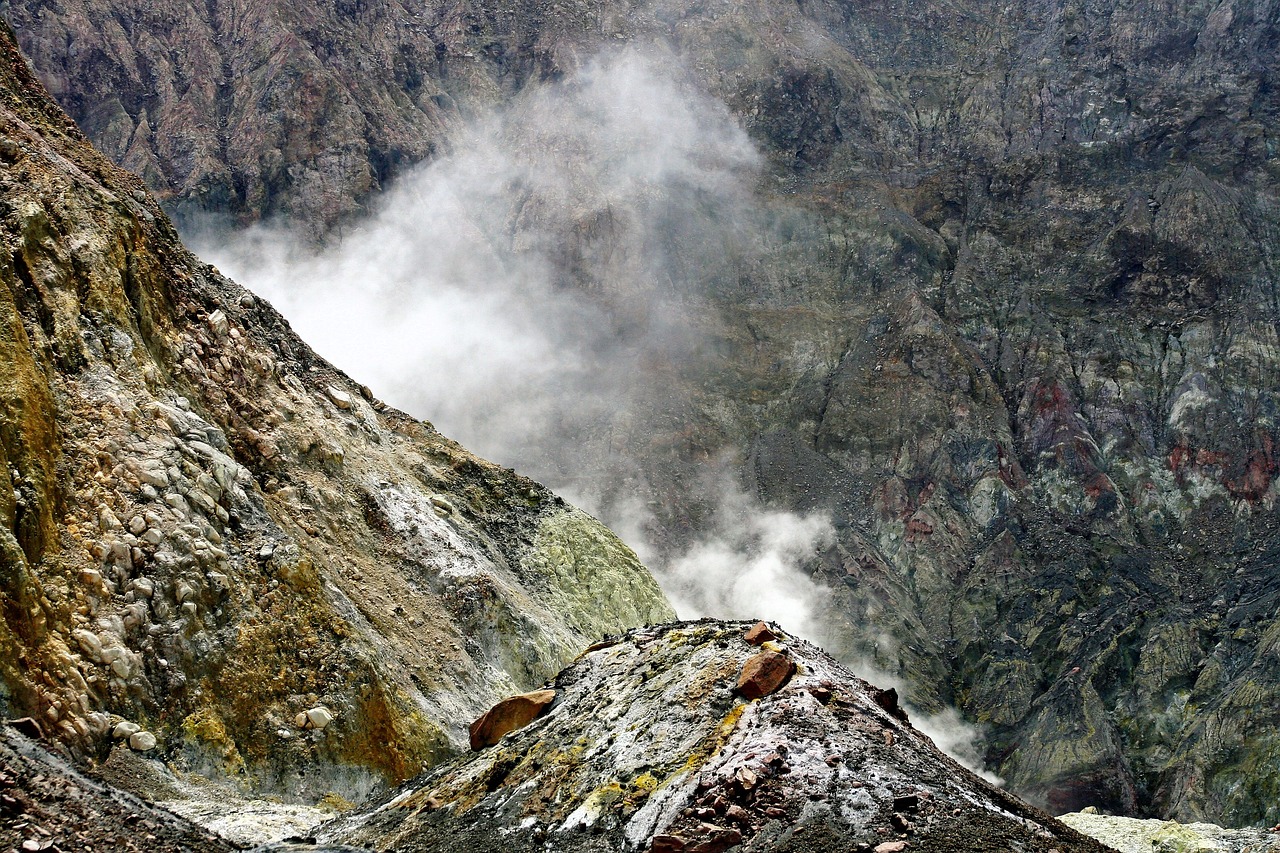Tag: Greek mythology
-
Heracles, one of the legendary figures of Greco-Roman mythology, is renowned for his remarkable feats and strength. He is traditionally identified as the offspring of Zeus and Alcmene, the granddaughter of Perseus. Zeus had vowed that the first male born from the lineage of Perseus would ascend to the throne of Greece. However, due to…
-
The Multifaceted Role of Hermes in Greek Mythology Hermes, a prominent figure in Greek mythology, served as the Olympian god associated with several realms. He was revered as the deity of herds and flocks, travelers, hospitality, trade, thievery, cunning, heraldry, language, athletics, and even astrology. Acting as Zeus’s personal messenger, Hermes was also tasked with…
-
Hestia, the goddess of the hearth, embodies the essence of domesticity and community. As the guardian of the home and the nurturing spirit behind the familial kitchen, she presided over the preparation of meals as well as the sacred flame of sacrifice. Hestia played a pivotal role in public and private life, being intimately connected…
-
Aphrodite: The Goddess of Love and Beauty in Greek Mythology Aphrodite, known as the Olympian deity of love, beauty, and procreation, holds a significant position in ancient Greek mythology. Frequently depicted as an alluring woman, she is often shown alongside Eros, the god of love. Characteristic symbols associated with her include the dove, apple, mirror,…
-
Unveiling the Splendor of Zeus: A Journey Into the Realm of the Divine Ruler In the expansive world of Greek mythology, few deities are as esteemed or impressive as Zeus, the formidable monarch of the Olympian pantheon. Armed with thunderbolts and unparalleled authority, Zeus governs the skies, influencing the fates of both celestial beings and…
-
Persephone’s Ascension: An Artistic Tribute Attributed to the renowned Persephone Painter, this exquisite terracotta bell-krater, dating back to approximately 440 BCE, is currently displayed at The Met Fifth Avenue in Gallery 153. The artwork beautifully depicts the ascent of Persephone from the underworld on its obverse side, while the reverse features a serene libation scene.…
-
Overview of Heracles Heracles, known as the son of Zeus and the mortal Alcmene, stands as a prominent figure in Greek mythology, celebrated as both a hero and a demigod. Born from Zeus’ numerous affairs, he attracted the wrath of Hera, Zeus’ wife, who relentlessly sought to make his existence tumultuous. Among his myriad acts…
-
In ancient Greek mythology, the Titan Atlas is famed for enduring the immense weight of the heavens, a daunting task assigned by Zeus as punishment for his role in the Titan’s rebellion against the Olympian deities. Beyond his monumental duty, Atlas was portrayed as a sagacious figure, credited with the advent of astronomy and the…
-
Apollo: The Olympian God of Prophecy and Arts Apollo, often referred to in Greek mythology as Apollon, is one of the revered Olympian gods, embodying a multitude of aspects including prophecy, music, healing, and the arts. He is typically portrayed as a youthful figure, characterized by his beardless face, long hair, and is commonly associated…
-
Hades: The Ruler of the Underworld Hades, whose name translates to “the Unseen,” is a prominent figure in ancient Greek religion, recognized as the god of the underworld. The offspring of the Titans Cronus and Rhea, he is also the brother of renowned deities including Zeus, Poseidon, Demeter, Hera, and Hestia. The visualization of the…

